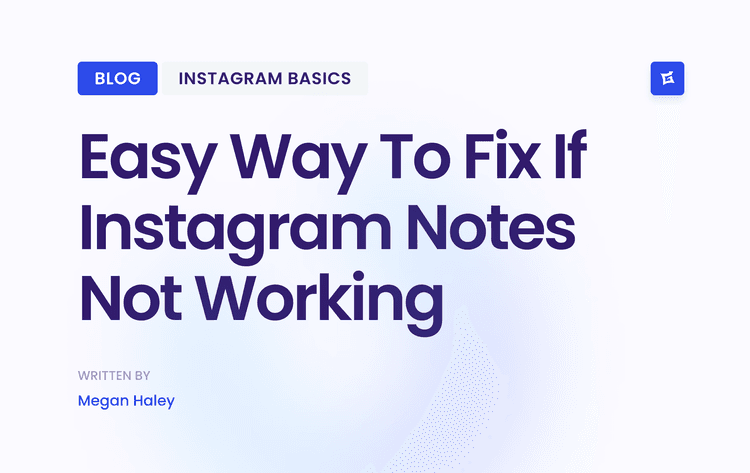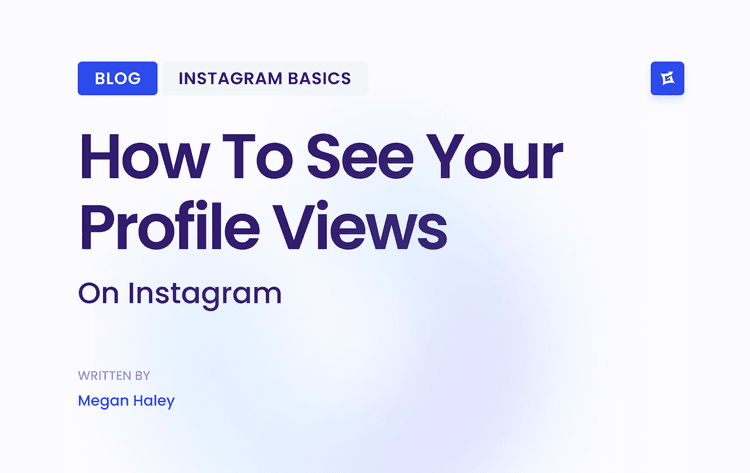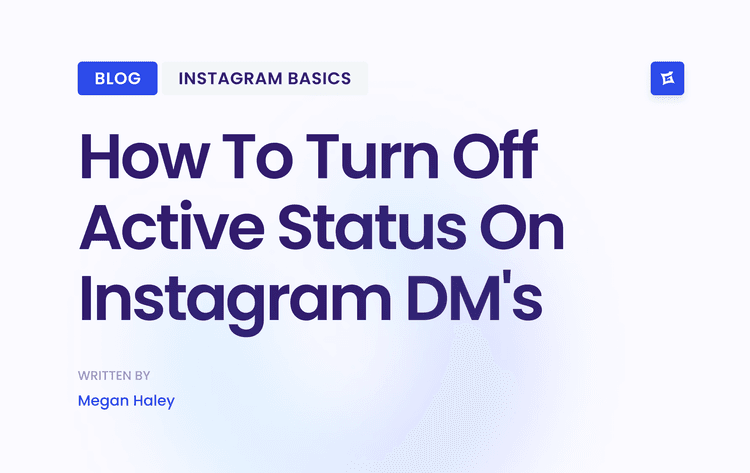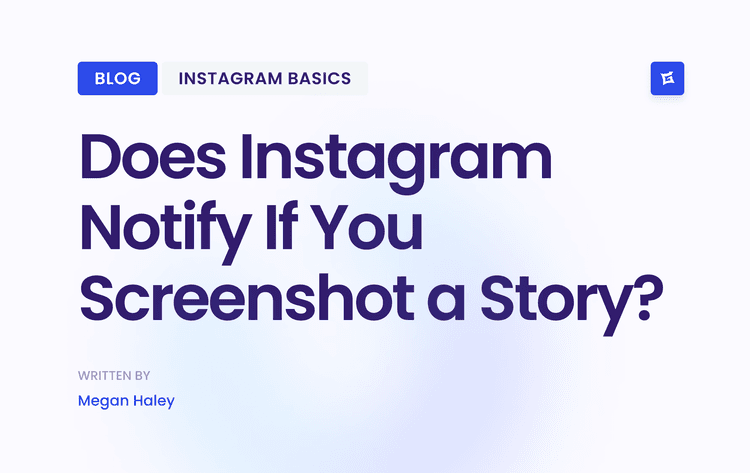Build a Brand That Sponsors Actually Want
Before a brand manager even thinks about reaching out, they're going to vet your profile. They don't sponsor random accounts; they invest in strategic assets. Your first mission is to transform your Instagram from a personal photo album into a compelling brand that screams, "I'm a professional." This is the foundational work that makes a brand stop scrolling and see you as a serious collaborator.
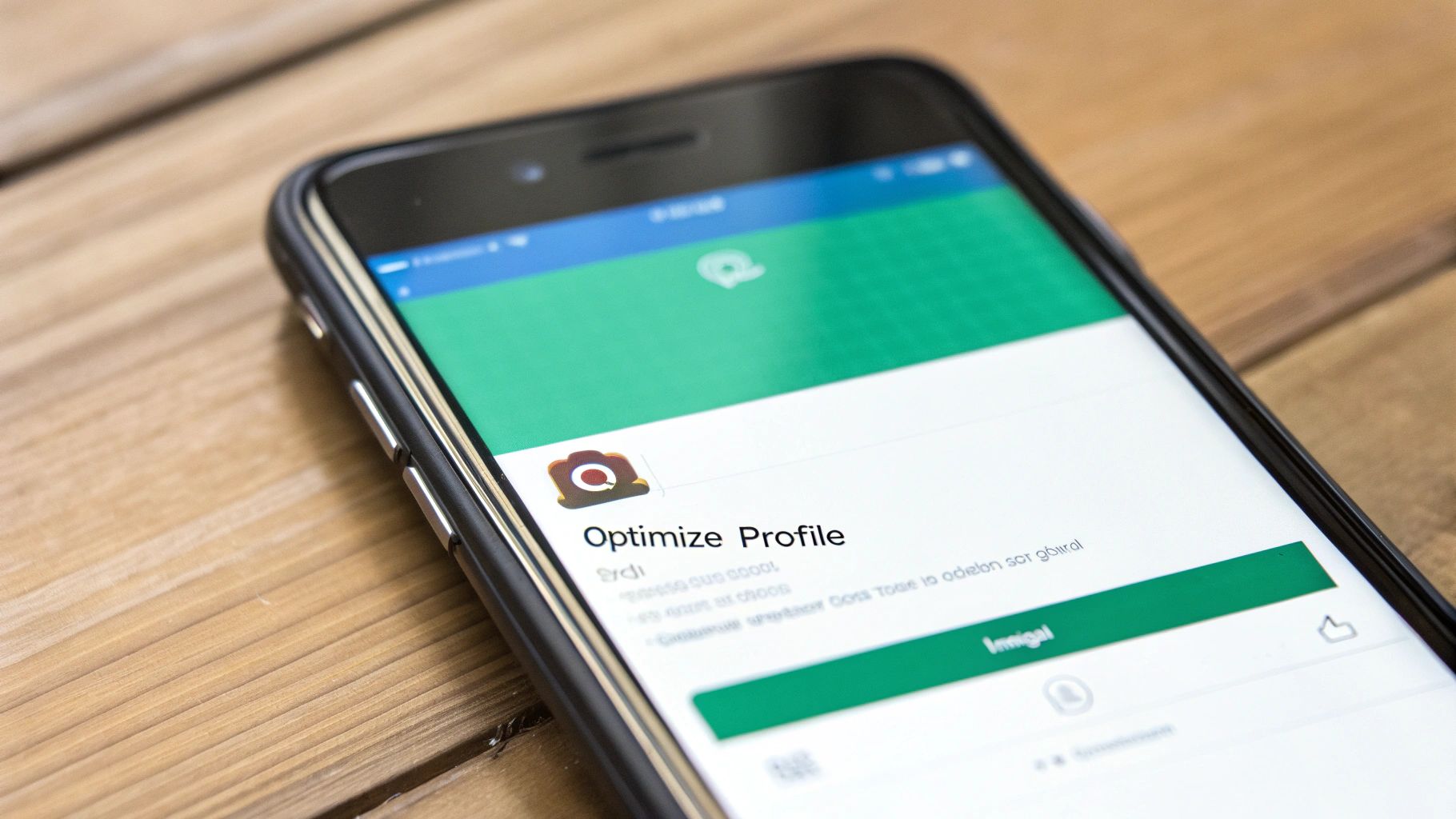
Ditch the Generalist Approach and Define Your Niche
This is where so many aspiring creators go wrong. Trying to be everything to everyone makes you nothing to anyone—especially a sponsor. Brands pay for targeted influence, not a wide, undefined net.
A sharp, clear niche tells them exactly who your audience is and whether that audience is a match for their customers. Are you the go-to expert for sourdough bread in the Pacific Northwest? Or maybe you're the trusted voice for budget travel through Southeast Asia? Get specific.
That level of focus makes you memorable and immensely more valuable. A company selling high-end hiking gear knows precisely who to call when they see your niche is "solo female hiking and mountaineering."
Optimize Your Profile for Professionalism
Think of your profile as the front door to your business. It has to look professional and welcoming. Making sure your brand presents well is a core part of any effective social media strategy.
Here’s how you can make an incredible first impression:
Switch to a Creator or Business Account: This is non-negotiable. It unlocks the backend analytics (like audience demographics and reach) that brands will absolutely ask to see. It also just looks more professional.
Write a Bio That Sells: Your bio is your elevator pitch. It needs to clearly state your niche, your location (if it’s relevant to your content), and the value you offer. Something like: “PDX | Gluten-Free Recipes & Restaurant Guides | Making celiac life delicious.”
Add a Professional Contact Method: Don't make brands hunt for a way to contact you. Put a dedicated business email address right there in your bio or contact options. Make it easy for them to give you money.
> Your Instagram bio is your digital business card. It needs to answer three questions for a brand in under three seconds: Who are you, who do you serve, and how can they contact you?
Curate a Cohesive, High-Quality Feed
A messy, random feed screams "hobbyist." A cohesive, visually appealing feed says "professional partner." Your content needs to tell a consistent story that reinforces your niche, both in what you post and how it looks.
This doesn't mean every photo has to be identical, but a consistent color palette, editing style, or tone of voice goes a long way.
And please, use high-quality photos and videos. You don't need a $5,000 camera setup—modern smartphones are incredible—but you do need to understand good lighting, clear audio, and clean editing. Every single post is a portfolio piece. Make it count.
Your Sponsorship-Ready Profile Checklist
Getting your profile in shape can feel overwhelming, so I've put together a simple checklist. Run through these points to make sure you're putting your best foot forward when brands come knocking.
Account Type – Switch to a Creator or Business account. This unlocks analytics such as reach, impressions, and demographics, which prove your value to sponsors.
Profile Photo – Use a clear, high-resolution headshot or logo. This instantly communicates professionalism and helps with brand recognition.
Username/Handle – Make it easy to spell, say, and remember. A simple handle is easier for brands to find and tag in collaborations.
Bio – Clearly state your niche, value, and location (if relevant). This acts as your elevator pitch, showing brands if you’re a good fit in seconds.
Contact Info – Add a professional email address to your bio or contact buttons. This shows you’re open for business and makes outreach effortless for brands.
Link in Bio – Use a tool like Linktree or have a dedicated landing page. This provides a central hub for brands to view your media kit, blog, or other work.
Highlights – Create curated highlights for “Past Work,” “Press,” or “About Me.” These act as a mini-portfolio, showcasing your best work and credibility upfront.
Feed Aesthetic – Maintain a consistent visual theme, color palette, or style. A cohesive feed demonstrates brand consistency and professionalism.
Content Quality – Post high-resolution photos and videos with good lighting and audio. Poor quality content signals a lack of effort and can negatively reflect on a sponsor’s brand.
Once you've checked these boxes, your profile will be working for you, actively signaling to potential sponsors that you are a creator who means business.
Grow an Audience That Brands Trust
Forget everything you think you know about follower counts. When it comes to sponsorships, brands aren't just buying a number—they're investing in the trust you've built with your audience.
A highly engaged community, no matter the size, is infinitely more valuable than a massive, silent one. Your real job is to build an audience that doesn’t just see your content. They need to interact with it, trust what you say, and feel like they're part of something special. This is the authentic influence that gets you paid.
Think about it this way: a brand would much rather partner with a creator who has 5,000 followers hanging on their every word than someone with 50,000 who just passively scrolls by. It's all about proving your audience is actually listening.
Spark Conversations and Build a Real Community
Real engagement isn't just about racking up likes. It's about starting actual conversations. You can use Instagram’s built-in features to turn your account from a simple broadcast channel into a buzzing community hub.
Here’s how to make it happen:
Go Beyond the Static Post: Use Reels to share dynamic, entertaining, or educational videos that grab attention. Then, use Stories for those daily, behind-the-scenes glimpses that make your followers feel included.
Make It Interactive: Slap some polls, quizzes, and Q&A stickers in your Stories. Ask your audience for their opinions, test their knowledge, or answer their most pressing questions. Every single tap is a signal to the algorithm—and to potential sponsors—that your followers are tuned in.
Reply to Everyone. Seriously. This is probably the most powerful and most overlooked strategy out there. When someone leaves a comment, give them a thoughtful reply. When a DM slides in, answer it. This simple act makes people feel seen and valued, and that's how you build rock-solid loyalty.
Why Quality Over Quantity Is the Golden Rule
So many aspiring creators get stuck on hitting a magic follower number before they even think about reaching out to brands. But the data paints a very different picture.
Did you know that nano-influencers (accounts with fewer than 10,000 followers) make up a whopping 75.9% of the influencer base on Instagram? Brands are actively looking for them because they bring higher engagement rates and are more budget-friendly. You can find more influencer marketing stats on ClearVoice.com that back up how smaller, dedicated audiences often punch way above their weight.
This is fantastic news if you're just starting. It means you can focus on building a strong, tight-knit community from day one. To get your foundation right, check out our guide on how to grow your Instagram followers organically, which is all about attracting the right kind of people.
> A brand can buy reach with ads, but it can't buy genuine trust. That’s what you’re building. Your high engagement rate on a smaller audience is your secret weapon.
At the end of the day, brands are looking for partners who can weave their products into content naturally and inspire people to take action. When you can show them a history of meaningful conversations and a loyal following, you're not just selling them exposure. You're offering them a direct line to a community that truly trusts you. And that’s a proposition worth paying for.
Finding and Vetting Your Dream Brand Partners
Alright, your profile is looking sharp, and your audience is engaged. Now, let’s switch gears from waiting around to actively hunting for the right opportunities. Getting sponsored on Instagram isn't just about being discovered; it’s about strategically finding brands that are a perfect fit.
Forget the scattergun approach of DMing huge corporations. The real secret is building a "dream list" of companies that are already working with creators just like you. The best partnerships feel like a natural part of your content, not a random ad that makes your followers' eyes glaze over.
Start With What You Already Love
Honestly, the best place to begin is by looking at the products you already use and genuinely rave about. Think about it: a brand you can authentically vouch for is the easiest and most powerful pitch you can make. Your genuine excitement is contagious, and it makes the collaboration feel real to your audience.
Jot down a list of these brands, big or small. This is your starting block. Why? Because that raw enthusiasm is your biggest asset. Authenticity is everything; a 2023 HubSpot report even showed that aligning with a creator's true voice is what marketers care about most.
This graphic lays out the basic roadmap from creating content to finding the right brand partners.
As you can see, it all starts with great content, which then helps you zero in on brands that match your style and niche.
Spy on Your Competitors and Niche Hashtags
One of my favorite, slightly sneaky tactics is to see who's already sponsoring other creators in my field. Find 5-10 creators with a similar vibe and audience size to yours. Go on a deep dive through their feeds and look for posts marked with "#ad," "#sponsored," or the official "Paid partnership" label. This is pure gold.
These brands are your prime targets. They already have a budget for influencer marketing and have proven they're willing to work with creators at your level. Get them on your list, pronto.
Hashtags are another treasure trove.
Search for specific hashtags in your niche, like
#veganbeautyproductsor#sustainablefashionfinds.Check out the top-performing posts. Who are they tagging? Which brands keep popping up?
Keep an eye out for smaller, up-and-coming brands that are using creators to build buzz. They're often more accessible.
Make Sure It’s a Perfect Fit
Building your list is the fun part, but now comes the crucial homework. Before you even think about hitting "send" on a pitch, you have to be sure the partnership actually makes sense for you, the brand, and most importantly, your audience. A bad match can seriously damage the trust you've worked so hard to build.
> Before pitching, ask yourself one simple question: "Would my audience thank me for introducing them to this brand?" If the answer isn't a clear 'yes', it's not the right fit.
To properly vet a brand, check if its values align with yours. For instance, if your entire platform is about sustainability, pitching a fast-fashion giant is a non-starter. It just won't fly with your community. For a deeper dive into building these relationships, our guide on how to collaborate with brands has more great tips. Taking the time to do this vetting means your pitches will land with brands that are genuinely excited to hear from you.
How to Pitch a Brand Without Sounding Desperate
That feeling you get right before you hit "send" on your first pitch? It’s a huge milestone. This is your one shot to make a great first impression, so the email you craft has to cut through the noise and get you taken seriously. A killer pitch feels like a partnership proposal, not a fan asking for a handout.
You need to walk into these conversations with the confidence of a true collaborator. You’ve already done the hard work of building an incredible profile and a community that trusts you; now it's just about communicating that value.
Crafting a Pitch That Actually Gets a Reply
Let’s be real for a second: brand managers are swamped. Their inboxes are a battlefield of generic, copy-pasted requests. Your pitch needs to be the one that slices through all that from the very first line.
Your subject line is everything. Keep it short, professional, and genuinely intriguing. Ditch the generic "Collaboration Inquiry" and try something like, "Partnership Idea: A [Your Niche] Creator for [Brand Name]." Right away, it shows you’ve put some thought into this.
Personalize your opening. This is non-negotiable. Prove you've done your homework. Mention a recent campaign of theirs that you admired, a product you genuinely use and love, or a core value they stand for. Even a simple, "I was so inspired by the messaging in your recent Earth Day campaign..." shows you’re not just spamming a list.
Get straight to your value proposition. This is the heart of your email. Give a quick intro to who you are and your niche, but immediately pivot to what you can do for them*. This is where you bring up key stats like your engagement rate or audience demographics, framing it all as a solution to their marketing goals.
For a deeper dive into structuring a persuasive offer, this effective business proposal guide has some really solid tips on presenting value that you can adapt.
The Power of a Professional Media Kit
Think of it this way: your pitch email is the handshake, but your media kit is your full resume. Having one is what separates the amateurs from the pros, plain and simple.
> A media kit isn’t just a document; it’s a sign of respect for the brand's time. It shows you're prepared, professional, and serious about a partnership.
Your kit should be a clean, visually appealing PDF—1 to 3 pages max—that you can attach directly to your pitch. The goal is to make it effortless for them. Don't make them hunt for information; lay it all out so it instantly answers their biggest questions about your audience, your reach, and what you bring to the table.
What Goes Into a Standout Media Kit
Putting together your first media kit might feel like a big project, but it’s actually pretty straightforward. Your main focus should be on clarity and presenting the data that sponsors truly care about. I've broken down the must-have components here to get you started.
Introduction
Your media kit should begin with a professional introduction, which includes a high-quality headshot and a concise bio that outlines your specific niche and core brand values. The purpose of this section is to immediately establish your identity and communicate the fundamental theme of your platform to a potential partner.
Audience Demographics
It is crucial to include a detailed breakdown of your audience demographics; incorporate screenshots from your Instagram Insights that display your followers' age range, gender split, and top geographical locations. This serves as concrete proof that your audience composition aligns with the brand's target customer base.
Key Analytics
This section must provide key performance metrics, including your current follower count, average reach, impressions, and—most importantly—your engagement rate. The purpose of sharing this concrete data is to give brands a clear understanding of your account's growth and the potential impact a collaboration with you could have.
Past Collaborations
To build credibility and showcase your experience, you should feature a selection of past collaborations. This can be done by displaying the logos of previous partners, along with screenshots of the sponsored content and any available standout results or testimonials from those brands, demonstrating your ability to deliver on campaign goals.
Services Offered
Finally, your media kit should contain a clear menu of the specific partnership packages you offer—such as one Reel plus three Stories, or a single static post—along with your starting rates. This establishes clear expectations for potential partners and helps to streamline the initial negotiation process.
When you have a strong media kit ready to go, you’re not just asking for a sponsorship—you’re presenting a business case.
This space is growing faster than ever. The United States and Brazil are absolute powerhouses for Instagram sponsorships, with the U.S. alone accounting for about 22.7% of all sponsored posts. With 63.8% of brands planning to use influencer marketing this year, a professional pitch backed by a solid media kit is exactly what you need to stand out and land those deals.
From 'Yes' to Paid: The Art of the Deal
Getting a "yes" from a brand you admire feels amazing, but it's really just the starting line. Now, the real work begins. This is the moment you shift from being a creator to a business partner. It's all about navigating the negotiation, sorting out the contract, and delivering professionally—the stuff that turns a one-off gig into a reliable income.
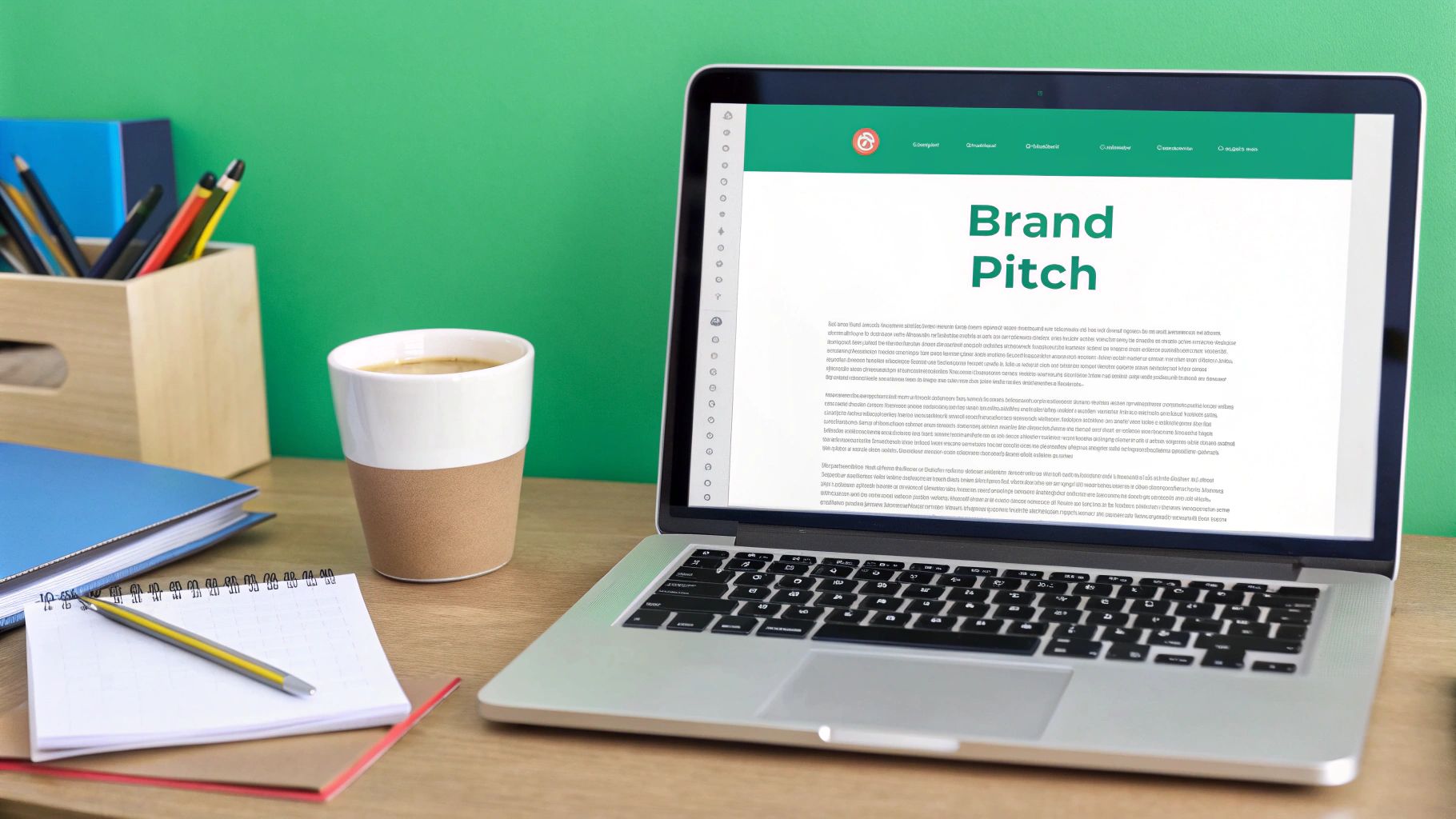
Know Your Worth and Negotiate with Confidence
The biggest leap for many creators is moving from accepting free products to asking for actual payment. To do that confidently, you need to understand exactly what you're worth. Don't just guess or pull a number out of thin air. You need to calculate your value using metrics that brands actually care about.
A common starting point is the 1% rule: charge $100 for every 10,000 followers. So, if you have 50,000 followers, your base rate for a post might be $500.
But that's just a baseline. The real power lies in your engagement rate. If you have a super active, loyal community, you can—and should—charge a premium. Also, think about the scope of the work. A simple static post is one thing, but a package deal with a Reel, multiple Stories, and a link in your bio is worth a whole lot more. For a deep dive into setting your rates and the entire sponsorship process, our guide on https://www.gainsty.com/blog/how-to-get-sponsored-on-instagram breaks it all down.
Decoding the Contract Fine Print
This is a non-negotiable rule: never start working without a signed agreement. A contract is there to protect both you and the brand. It spells out every expectation and deliverable so there are no awkward surprises down the line. They can look a little intimidating at first, but you'll start to see the same key clauses pop up again and again.
Make sure you pay close attention to these three areas:
Deliverables: This needs to be crystal clear. It should list out every single piece of content you're creating. For example, "One (1) Instagram Reel, minimum 60 seconds," or "Three (3) consecutive Instagram Story frames with a link sticker."
Usage Rights: This determines how the brand can use your content after* you post it. Can they only repost it on their own Instagram feed? Or can they use it in paid digital ads for the next six months? Wider usage rights always mean a higher price tag.
Exclusivity: This is a big one. An exclusivity clause might prevent you from working with any competitors for a specific time. Since this directly limits your ability to earn from other brands, it has to come with extra compensation.
> Your contract is your safety net. Read every single word. Don't ever feel weird about asking for clarification or suggesting changes to a clause. A professional brand will respect you for being thorough.
This isn't a hobby anymore; the influencer marketing industry is serious business. Global spending is on track to hit a staggering $32.55 billion. Brands are laser-focused on ROI, and they're ready to invest in creators who deliver real value and handle themselves like professionals.
In the end, professionalism is what separates a one-hit-wonder from a career creator. Deliver incredible content on time, send a quick performance report after the campaign wraps, and always keep the lines of communication open. That’s how you turn one great deal into a long-term partnership.
Answering Your Top Sponsorship Questions
Diving into the world of Instagram sponsorships can feel like navigating a maze, especially when you're starting. I get it. Let's tackle some of the most common questions I hear from creators, so you can start pitching brands with total confidence.
How Many Followers Do I Actually Need to Get Sponsored?
Forget the idea that you need a massive following to land a deal. There's no magic number. I've seen creators secure their first paid partnership with as few as 1,000 followers.
Why? Because brands are getting smarter. They're now actively seeking out nano-influencers (those with 1k-10k followers) because they often have incredibly high engagement rates and a genuine, trusted connection with their audience.
The real currency here isn't your follower count; it's the loyalty and engagement of your community. A small, fired-up audience that trusts your recommendations is infinitely more valuable to a brand than a huge, passive one.
Should I Ever Work for Free Products?
This is a classic dilemma. "Gifted" collaborations, where you get a product instead of cash, can be a strategic first step. Think of it as building your resume—it gives you content for your portfolio and shows potential paid partners that you have experience working with brands.
But here's the key: don't get stuck there. As your skills sharpen and your audience grows, you have to start valuing your work in dollars. Before accepting any gifted deal, be honest with yourself: Is the retail value of this product truly worth the hours you'll spend shooting, editing, and creating top-notch content? Sometimes it is, but often it isn't.
> The single biggest mistake I see creators make is sending a generic, copy-and-paste pitch. It screams, "I didn't do my homework," and it's the fastest way to get your email ignored. Personalization is non-negotiable.
Where Do I Find the Right Person to Email?
Getting your pitch into the right inbox is half the battle. Your first stop should always be the brand's website. Scroll down to the footer and look for a "press," "media," or "partnerships" email. That's your best bet.
If you come up empty, it's time to do some detective work on LinkedIn. Search for people at the company with titles like "Influencer Marketing Manager" or "Brand Partnerships Coordinator." This direct approach shows initiative and is so much more effective than dropping your pitch into a generic "contact us" form that might never get seen by the right team.
Ready to build the kind of engaged audience that brands are lining up to work with? Gainsty combines smart AI with real Instagram experts to help you attract authentic followers who actually care about what you have to say. Start building a community that converts. Learn more about Gainsty's organic growth services.
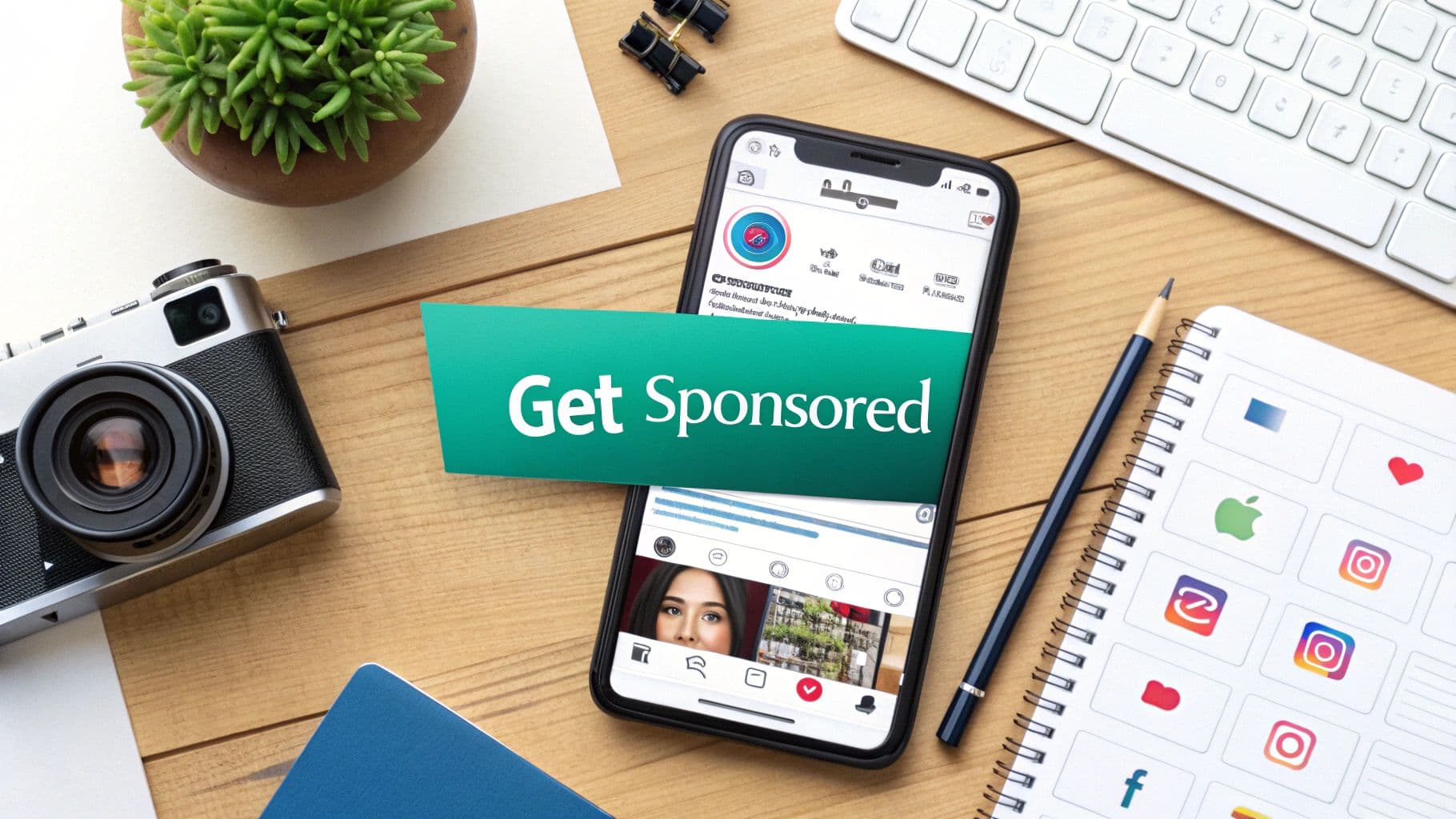
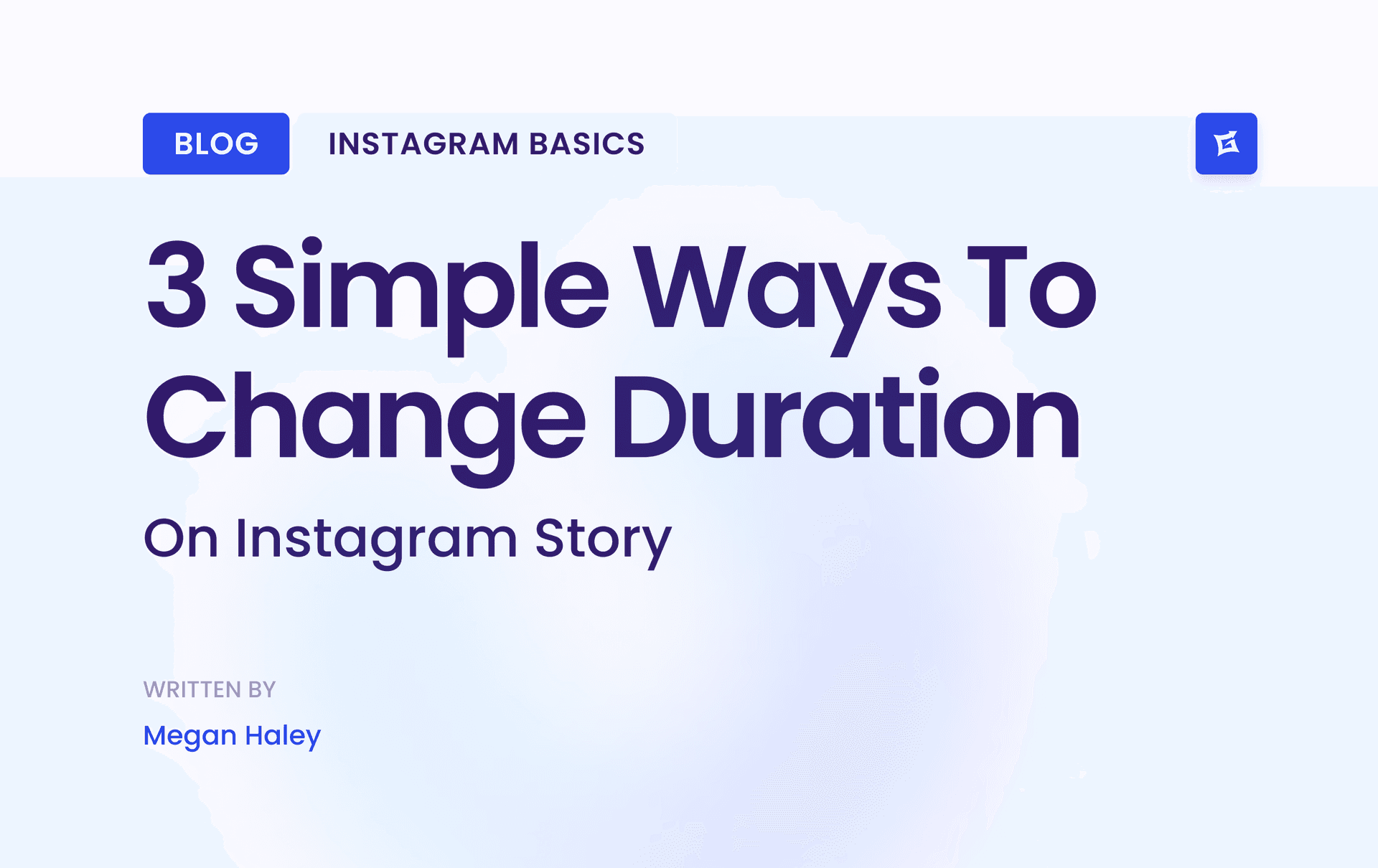
.png&w=1920&q=75&dpl=dpl_9XSWKBjhcBN6v6b1SN7m3p1WWjfr)
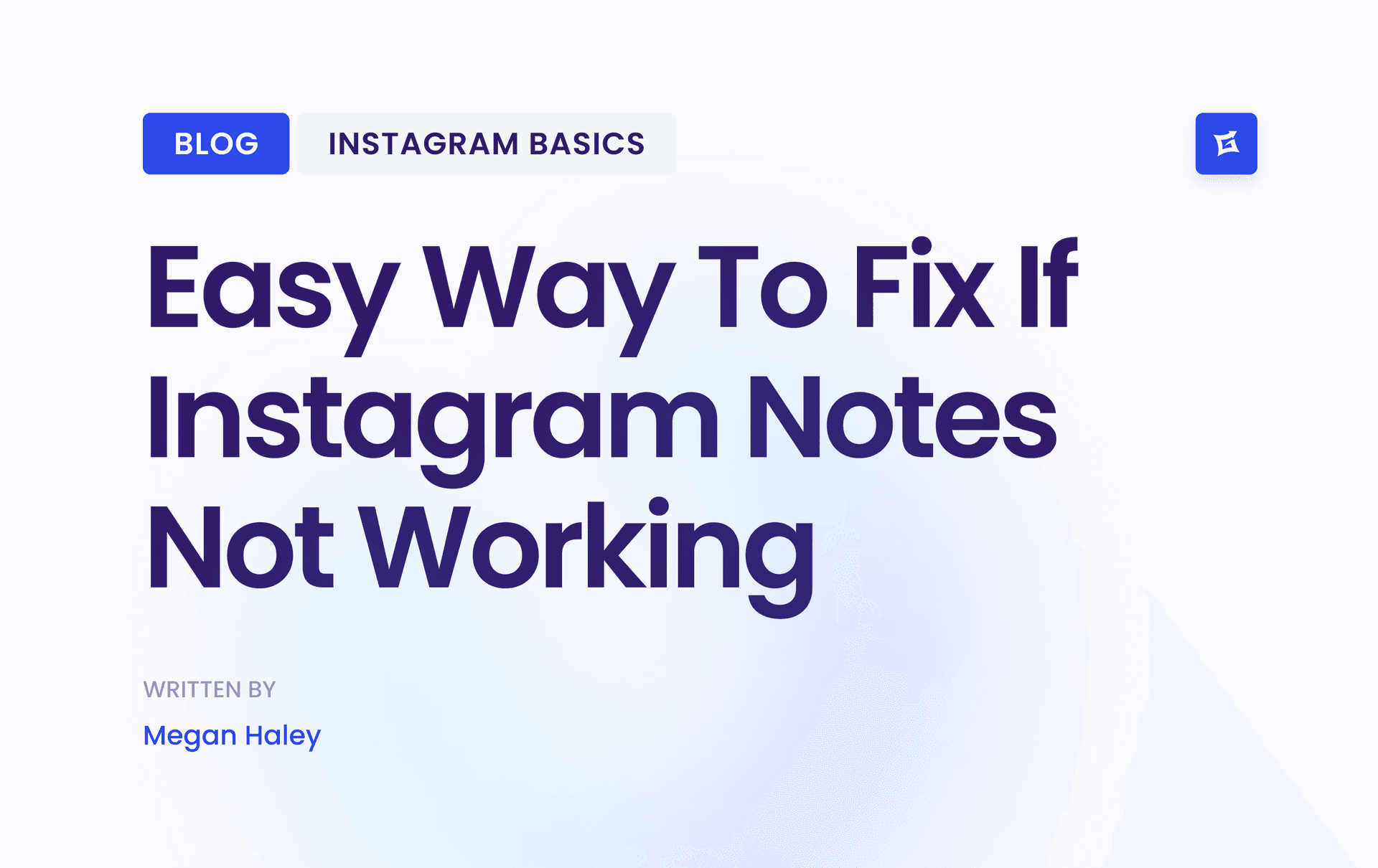
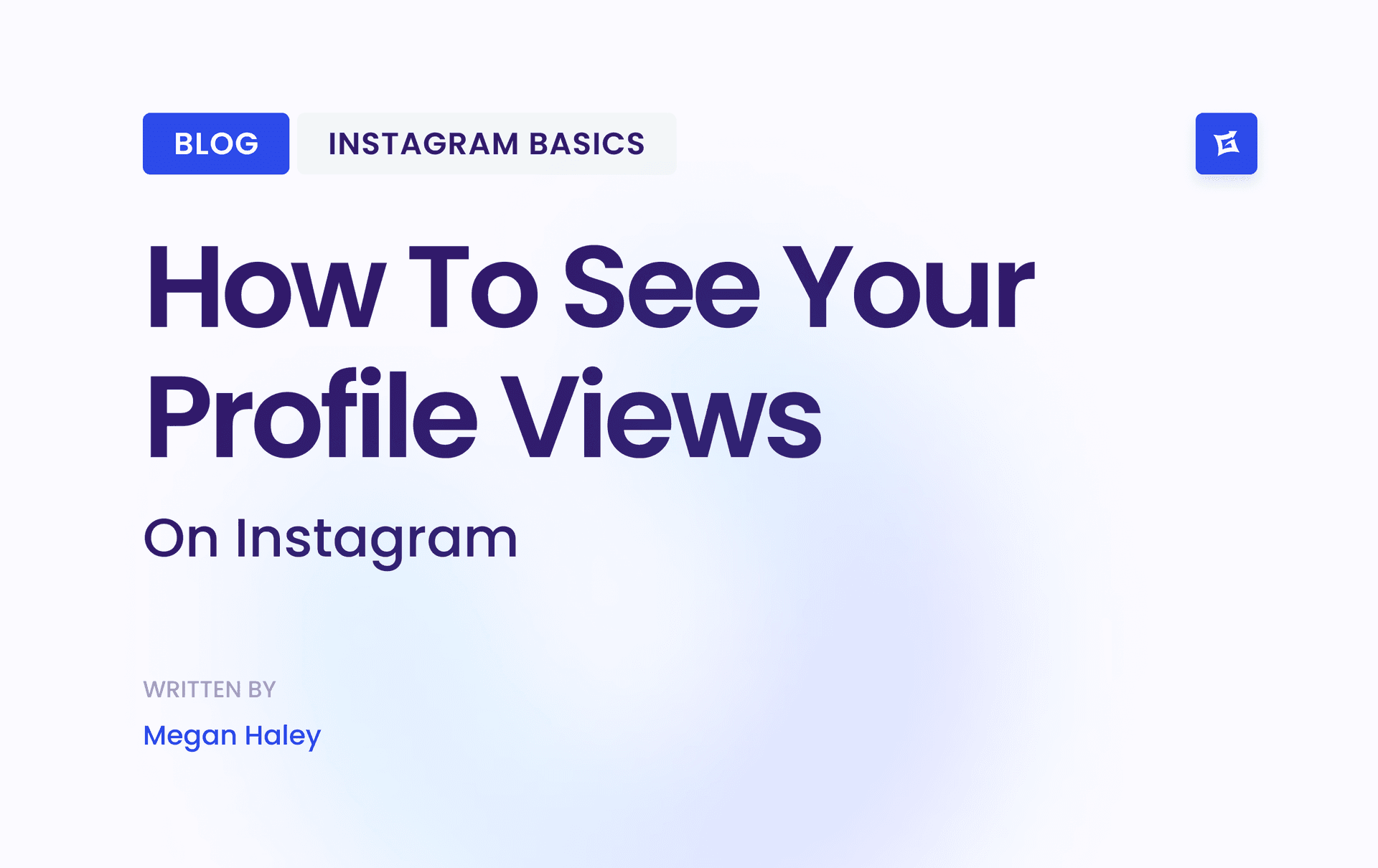
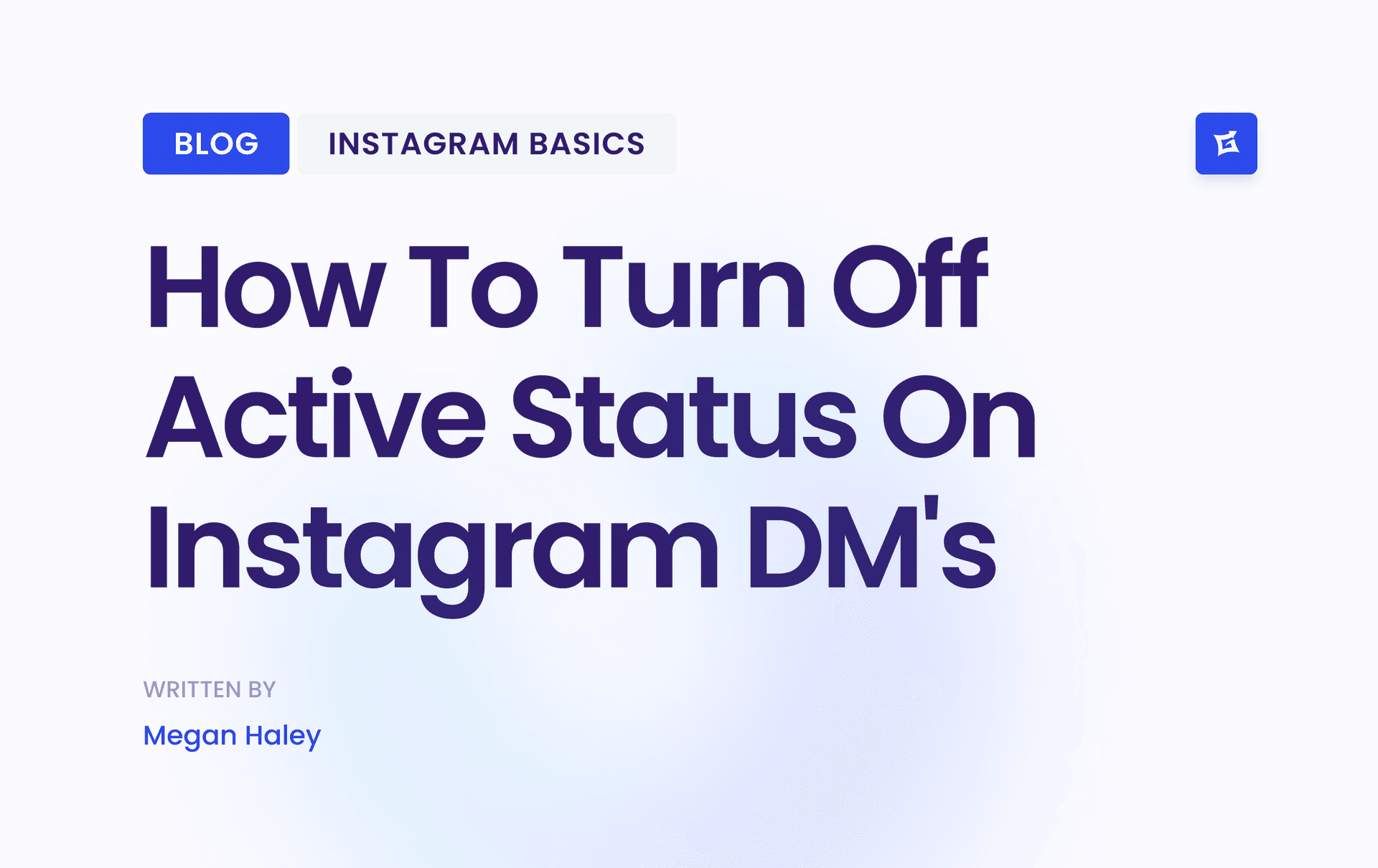
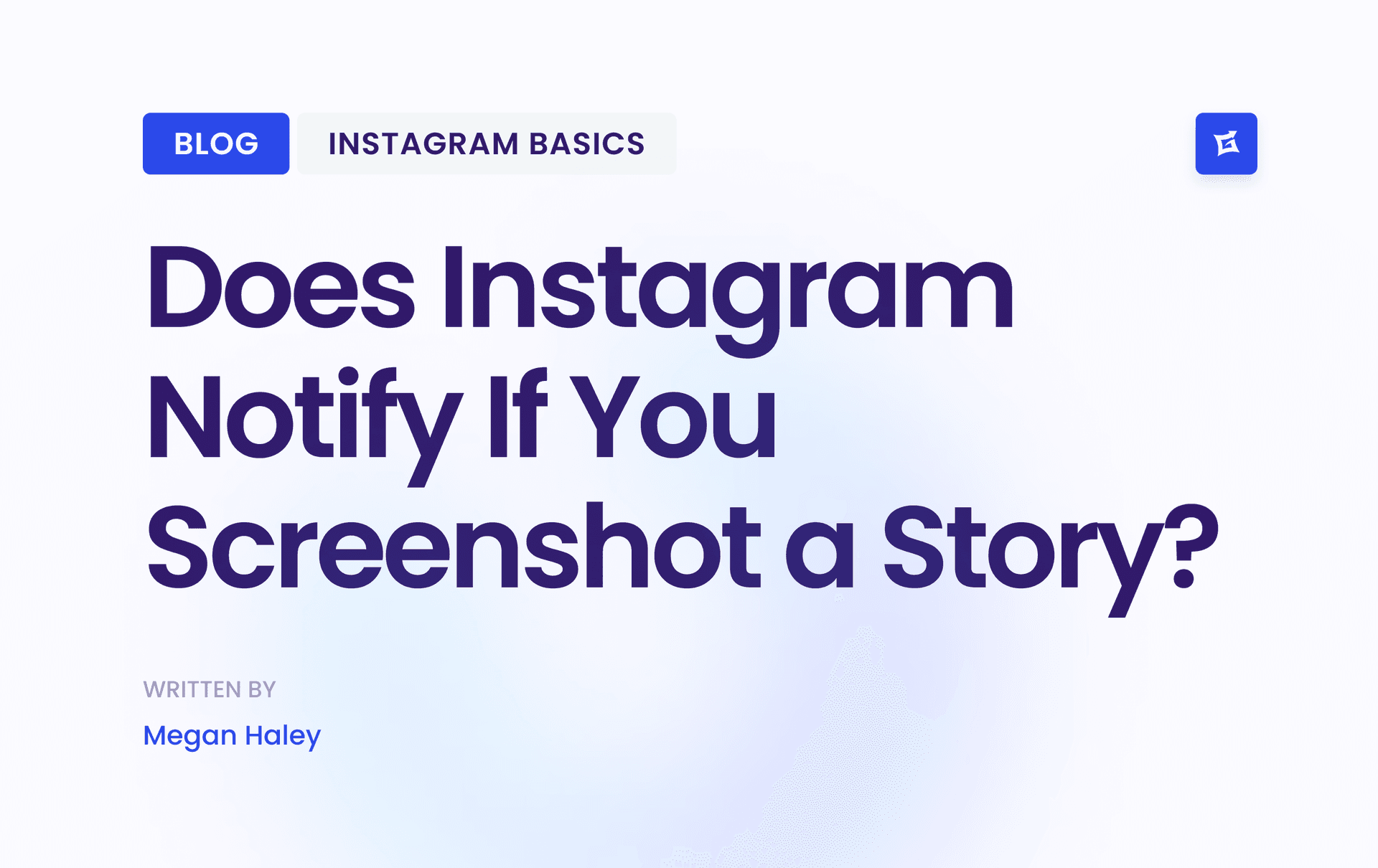


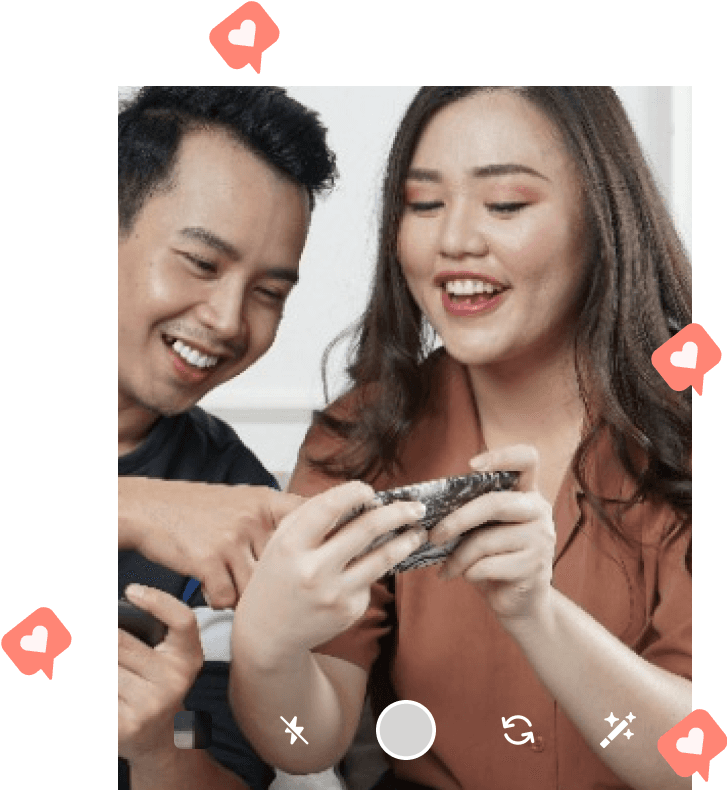
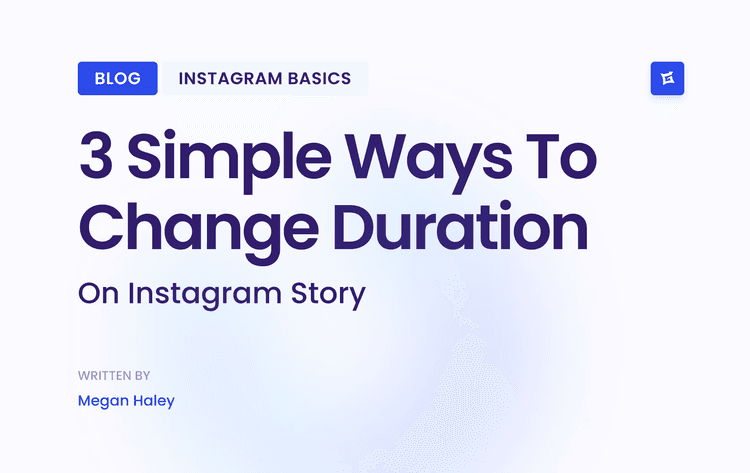
.png&w=750&q=75&dpl=dpl_9XSWKBjhcBN6v6b1SN7m3p1WWjfr)
